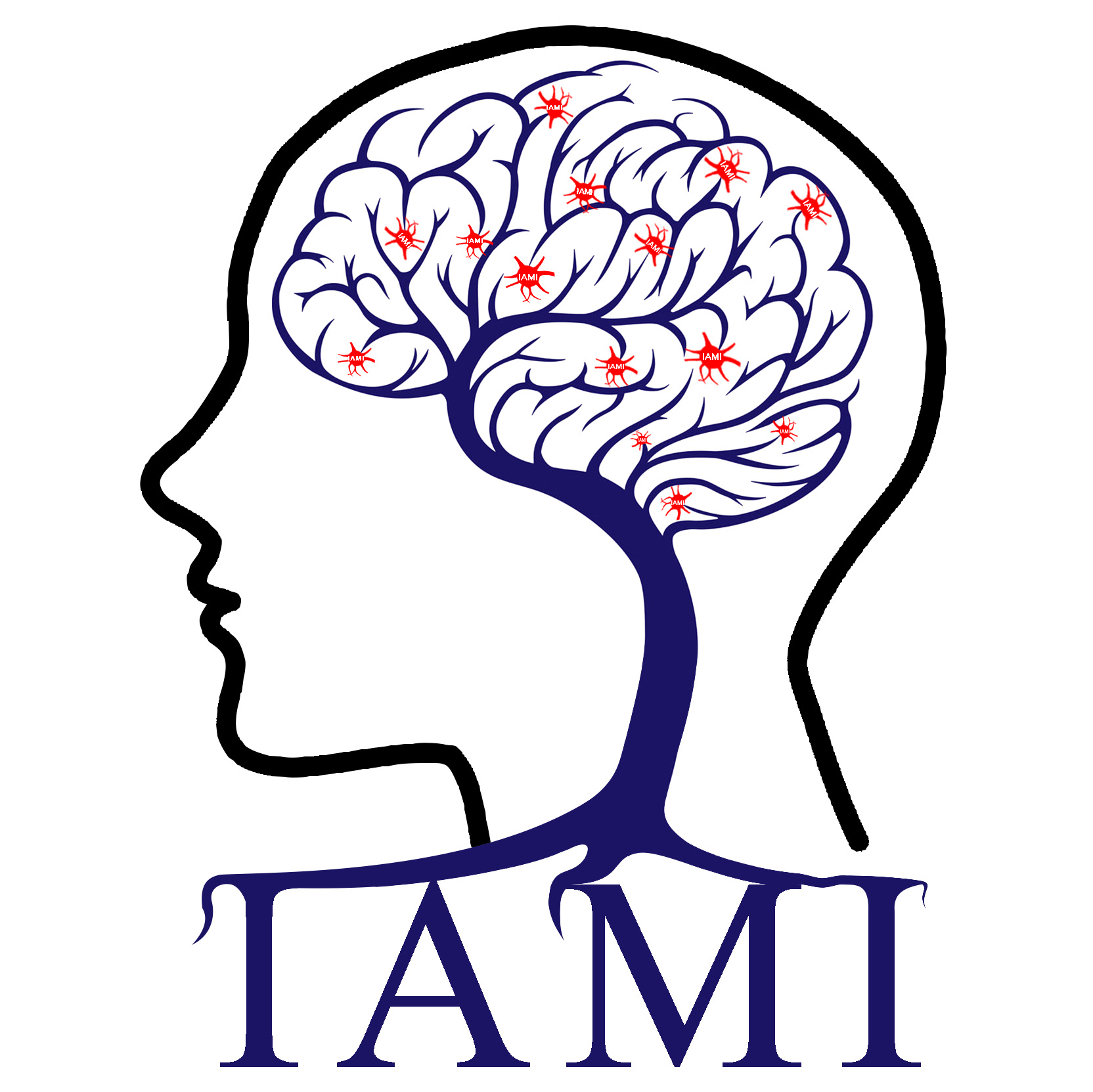
杜宇慧个人网页---智能医学图像分析
地址:中国, 太原
Na Luo, Jing Sui*, Anees Abrol, Dongdong Lin, Jiayu Chen, Victor M Vergara, Zening Fu, Yuhui Du, Eswar Damaraju, Yong Xu, Jessica A Turner, Vince D Calhoun*. Age‐related structural and functional variations in 5,967 individuals across the adult lifespan. Human Brain Mapping, 2020, 41(7): 1725-1737.
时间:2020-06-19 22:27:07 来源: 点击:[1978]
Abstract
Exploring brain changes across the human lifespan is becoming an important topic in neuroscience. Though there are multiple studies which investigated the relationship between age and brain imaging, the results are heterogeneous due to small sample sizes and relatively narrow age ranges. Here, based on year‐wise estimation of 5,967 subjects from 13 to 72 years old, we aimed to provide a more precise description of adult lifespan variation trajectories of gray matter volume (GMV), structural network correlation (SNC), and functional network connectivity (FNC) using independent component analysis and multivariate linear regression model. Our results revealed the following relationships: (a) GMV linearly declined with age in most regions, while parahippocampus showed an inverted U‐shape quadratic relationship with age; SNC presented a U‐shape quadratic relationship with age within cerebellum, and inverted U‐shape relationship primarily in the default mode network (DMN) and frontoparietal (FP) related correlation. (b) FNC tended to linearly decrease within resting‐state networks (RSNs), especially in the visual network and DMN. Early increase was revealed between RSNs, primarily in FP and DMN, which experienced a decrease at older ages. U‐shape relationship was also revealed to compensate for the cognition deficit in attention and subcortical related connectivity at late years. (c) The link between middle occipital gyrus and insula, as well as precuneus and cerebellum, exhibited similar changing trends between SNC and FNC across the adult lifespan. Collectively, these results highlight the benefit of lifespan study and provide a precise description of age‐related regional variation and SNC/FNC changes based on a large dataset.

 您当前的位置:
您当前的位置: